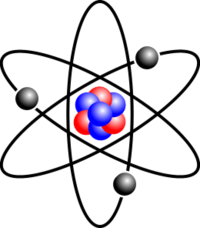 |
| Medicinal plants collected by JoséLuis Benavente |
Rosemary (Rosmarinus officinalis)
Infusions of rosemary are
used for coughs , fever and painful digestions. Filter and drink three cups a
day.
Oleander (Nerium oleander)
This poisonous plant in
the hand of doctors can be converted into an excellent medicine .The
pharmaceutical industry uses it for preparing cardiotonic and diuretic
specialities .The hydroalchoholic extract of oleander acts on the movement of the heart.
Mallow (Malva silvestris)
For swollen gums and
throats . In a cup of boiling water soak a teaspoon of mallow flowers for 10
minutes . Filter the liquid and use as a mouthwash . Repeat several times a day.
Orangetree (Citrus aurantium)
It´s used to prevent
insomnia and nervous excitement . Put a cup of boiling water two grams of
orange leaves , filter and sweeten with honey before drinking.
Nettle (Urtica dioca)
It is a infallible remedy
for bleeding, it´s used as a remedy for sputum, also blood loss caused by
menopausial disorders .The stinging nettle juice stops nosebleeds when
introduced through the nose, it´s also
used as a multivitamin specially to increase milk production in women after child
birth.
Thistle (Sylibum marianum)
Milk thistle is also used
in many products to reduce the effects of a hangovers.
Bibliography - Text translated from "EL MARAVILLOSO MUNDO DE LAS HIERBAS" Editorial SA
Bibliography - Text translated from "EL MARAVILLOSO MUNDO DE LAS HIERBAS" Editorial SA





















